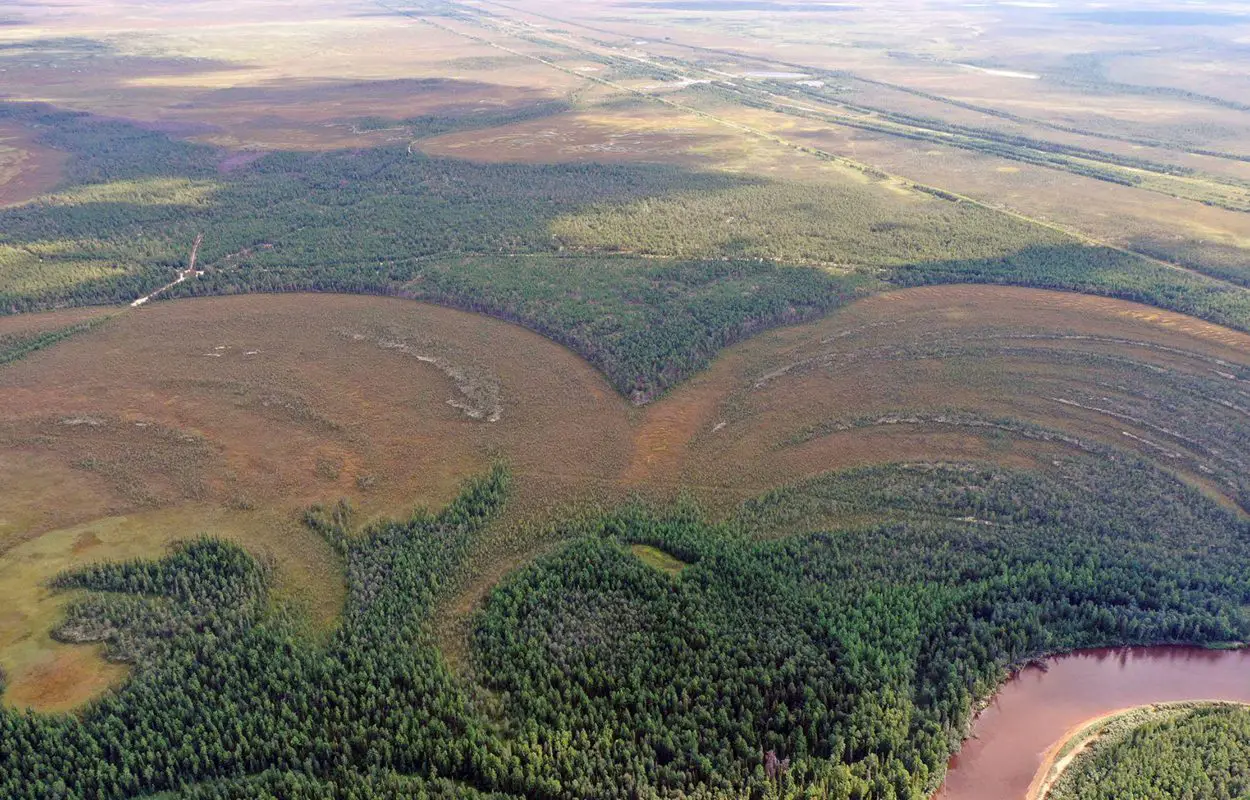An international team, led by archaeologists from Freie Universität Berlin has uncovered an ancient prehistoric fortress in a remote region of Siberia known as Amnya.
According to a study, published in the scientific journal “Antiquity”, the fortress is a complex system of defensive structures around an ancient settlement, dating from 8,000 years ago.
The fortress is spread across two settlement clusters, Amnya I and Amnya II. Amnya I consists of extant surface features such as banks and ditches, which enclose the tip of a promontory, and 10 house pit depressions. Ten further house pits, located approximately 50m to the east, comprise the open settlement of Amnya II.
Excavations have uncovered approximately 45 pottery vessels within the wider complex, including pointed and flat-based forms that reflect two distinct typological traditions.
The Amnya settlement complex signifies the start of a distinctive, enduring trend of defensive sites among hunter-gatherers in northern Eurasia—an almost continuous tradition that persisted for nearly eight millennia until the Early Modern period.
Tanja Schreiber, archaeologist at the Institute of Prehistoric Archaeology in Berlin and co-author of the study, explains, “Through detailed archaeological examinations at Amnya, we collected samples for radiocarbon dating, confirming the prehistoric age of the site and establishing it as the world’s oldest-known fort.
“Our new palaeobotanical and stratigraphical examinations reveal that inhabitants of Western Siberia led a sophisticated lifestyle based on the abundant resources of the taiga environment,” added Schrieber.
The construction of fortifications by foraging groups has been observed in different parts of the world, primarily in coastal regions during later prehistoric periods. However, the early in inland western Siberia is unparalleled.
According to the researchers, the discovery transforms how we perceive ancient human communities, questioning the notion that the establishment of permanent settlements with grand architecture and intricate social systems began solely with the rise of agriculture.
Header Image Credit: Nikita Golovanov





